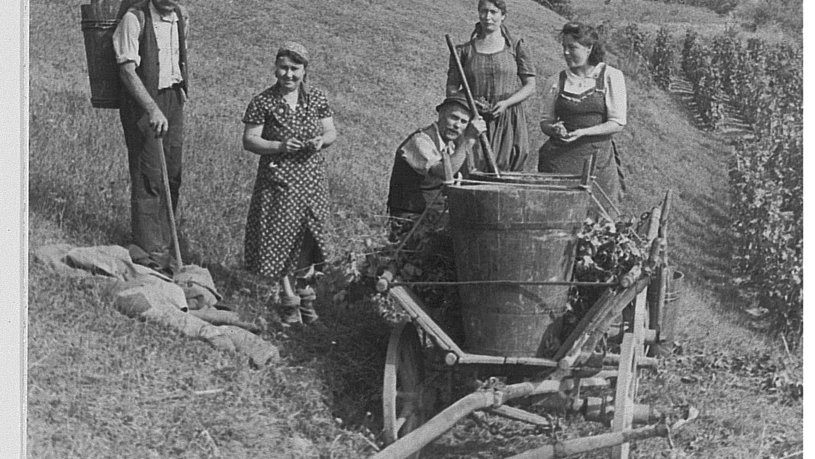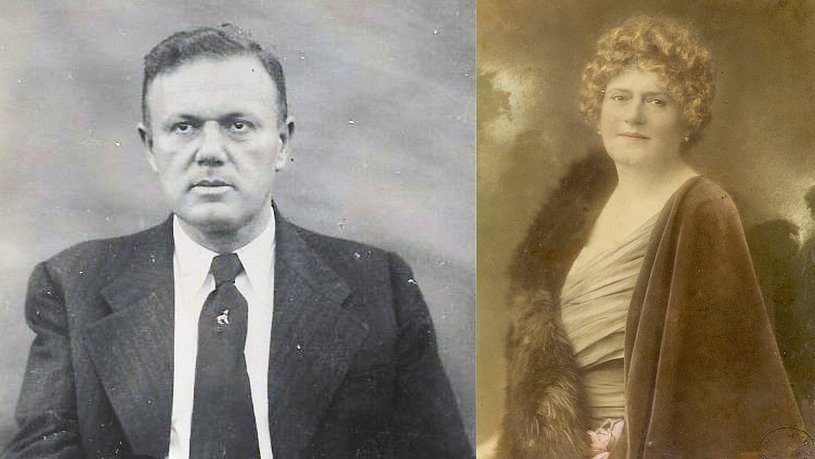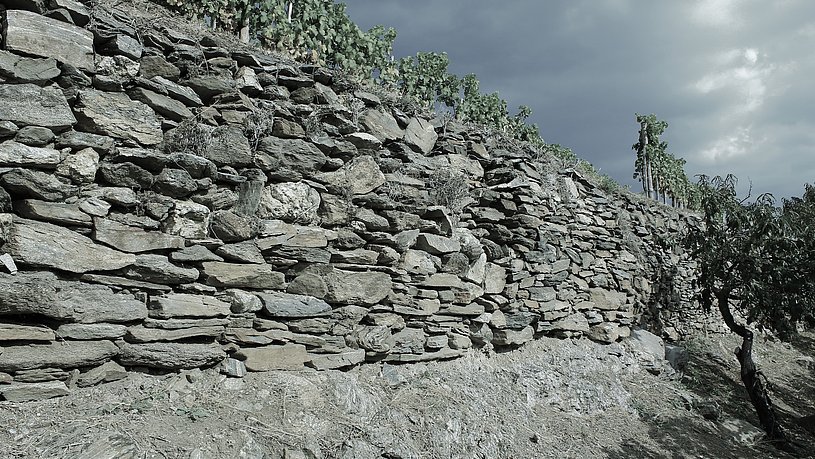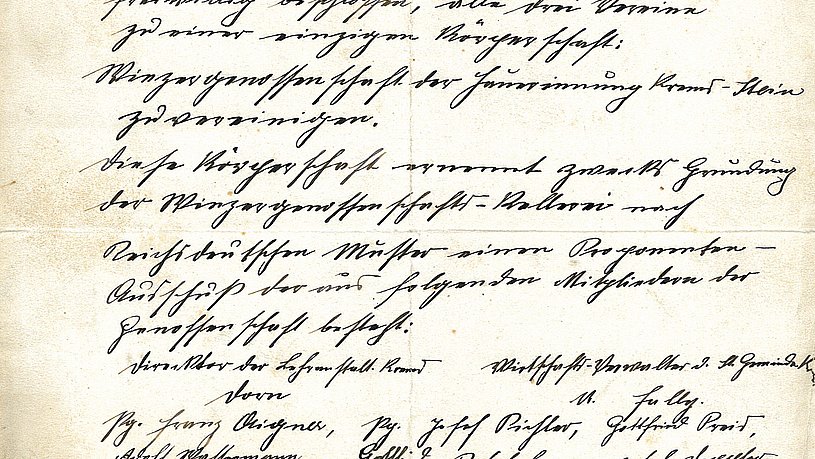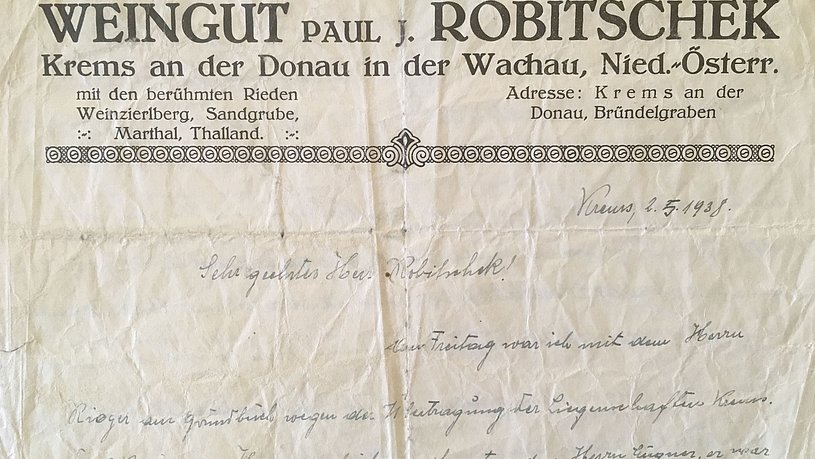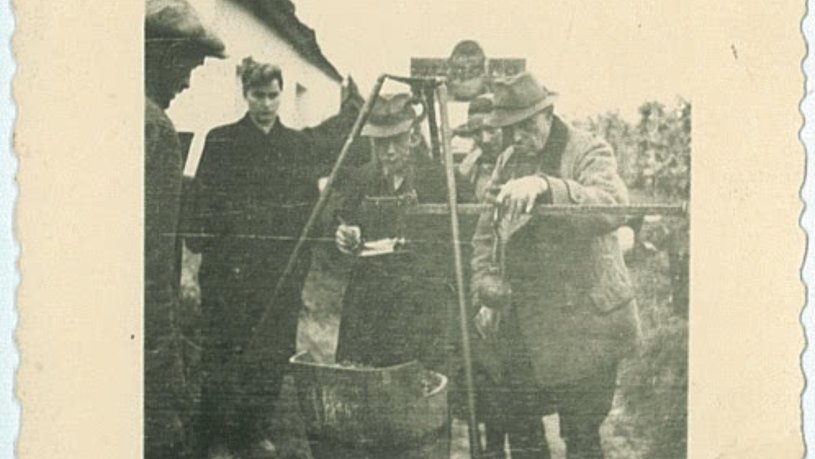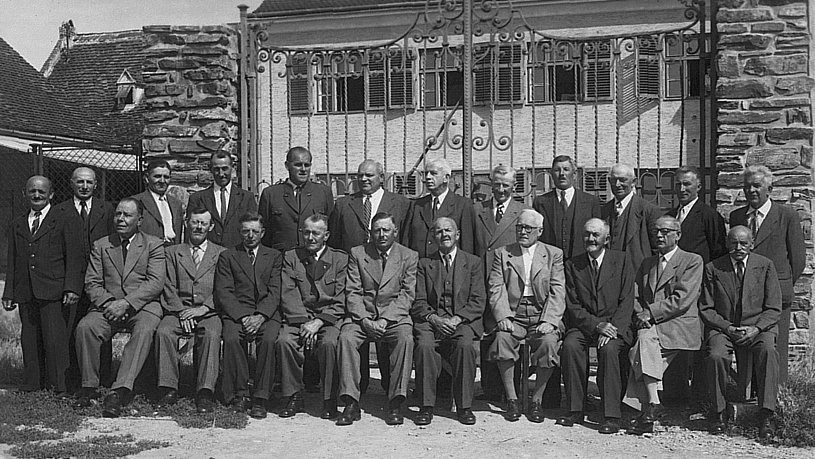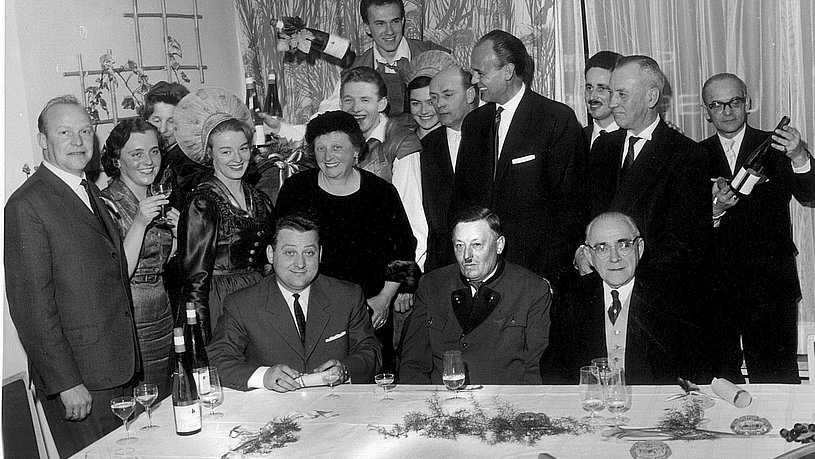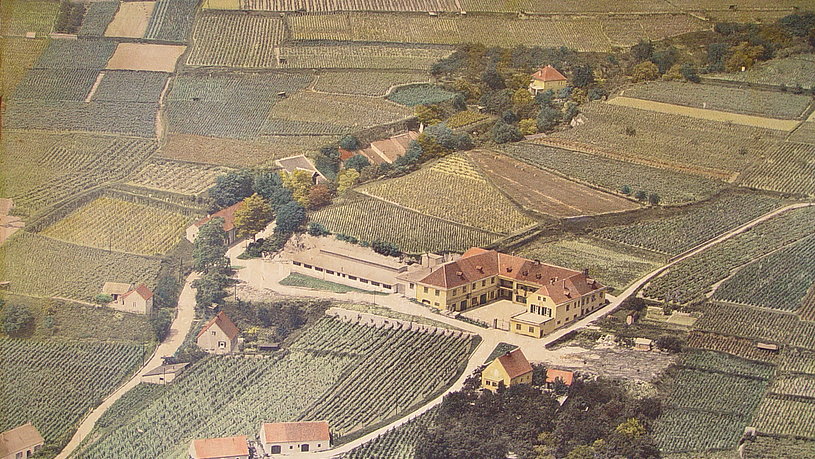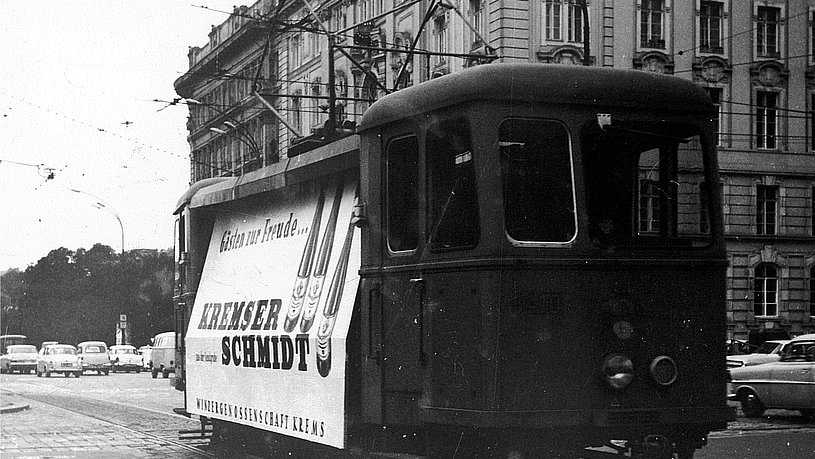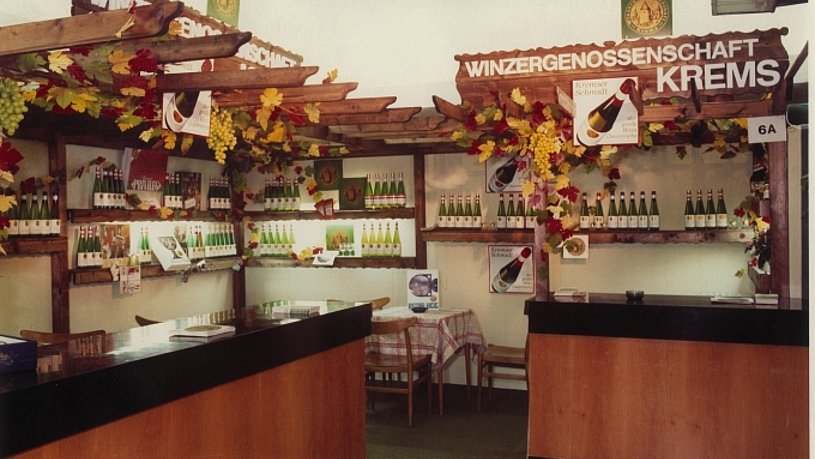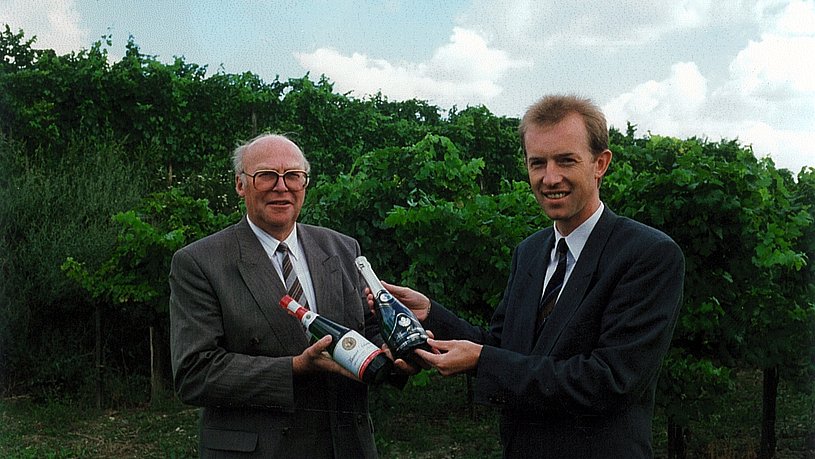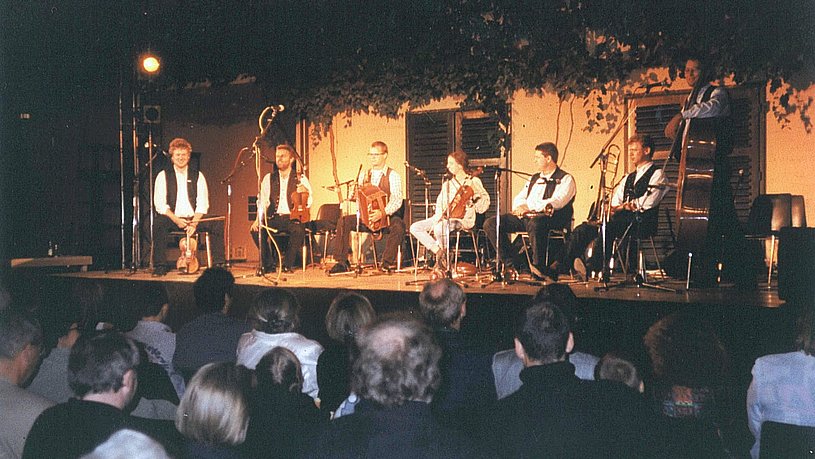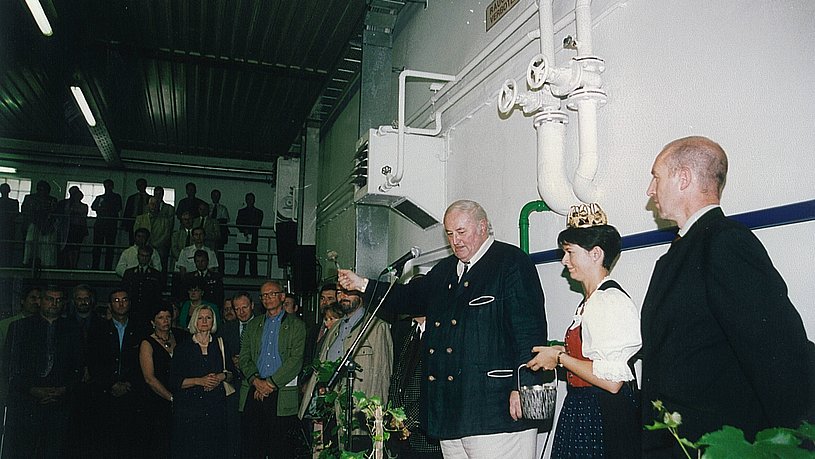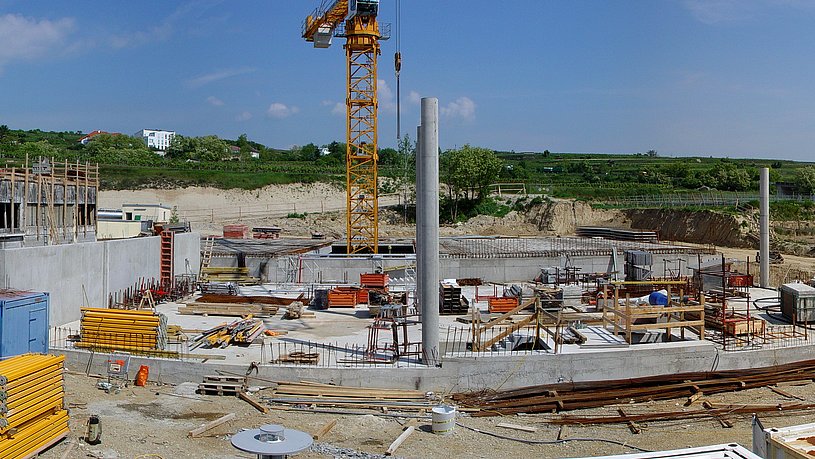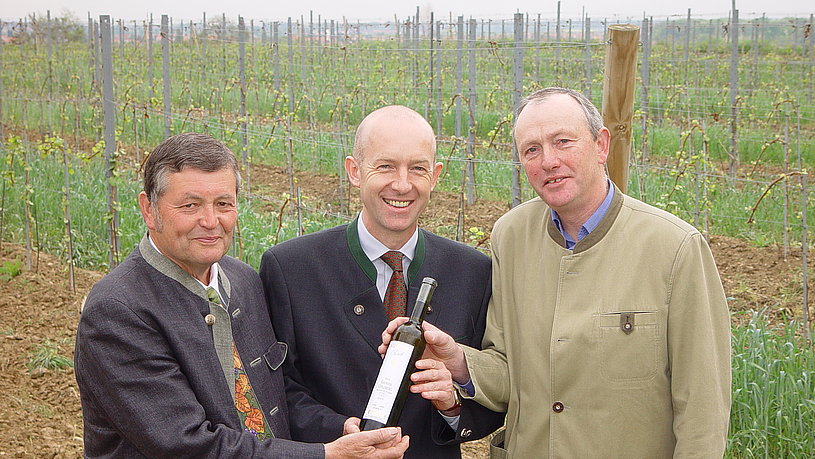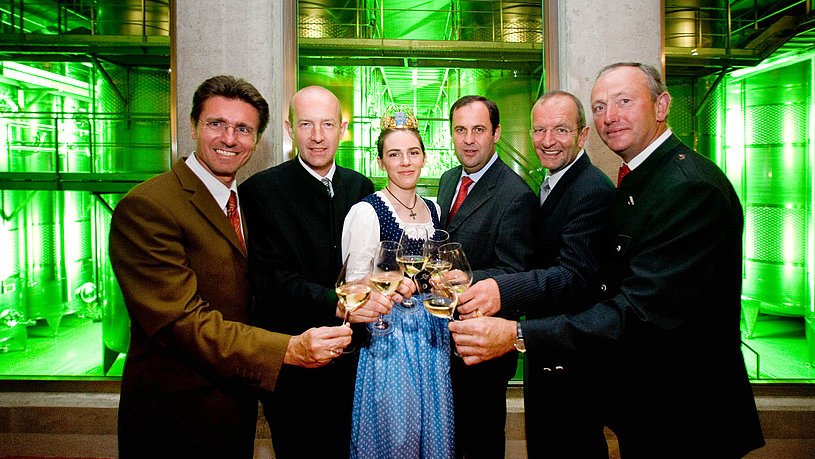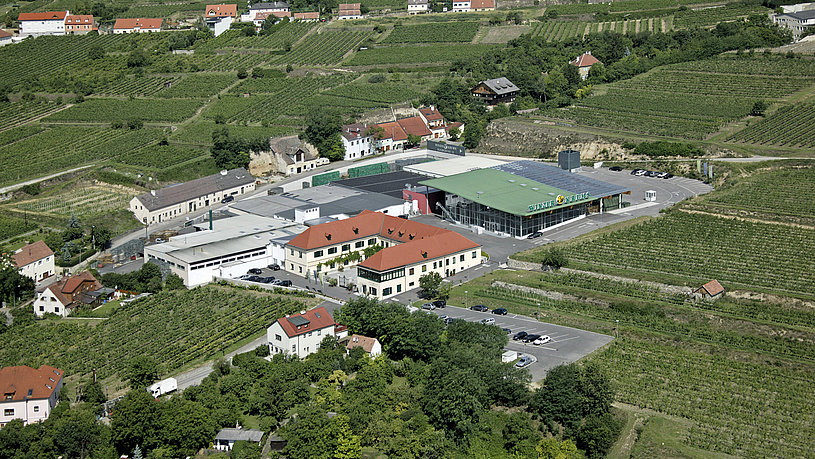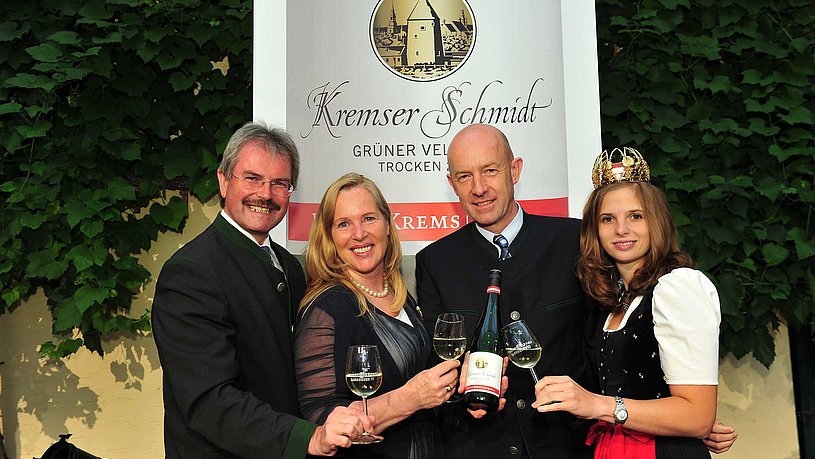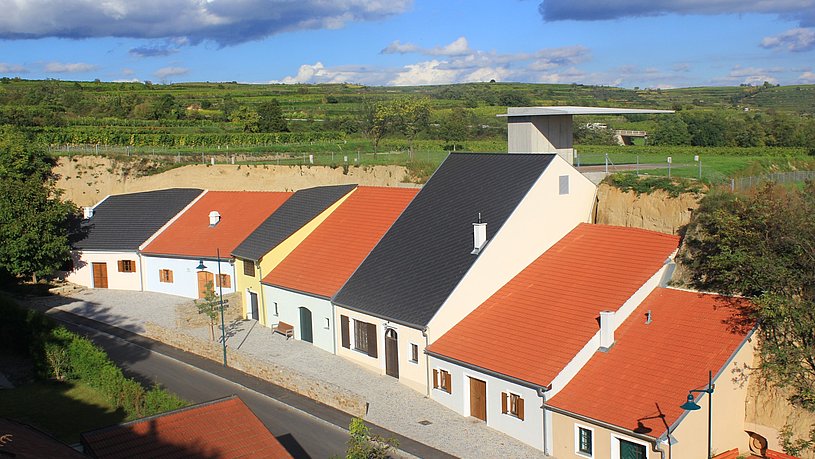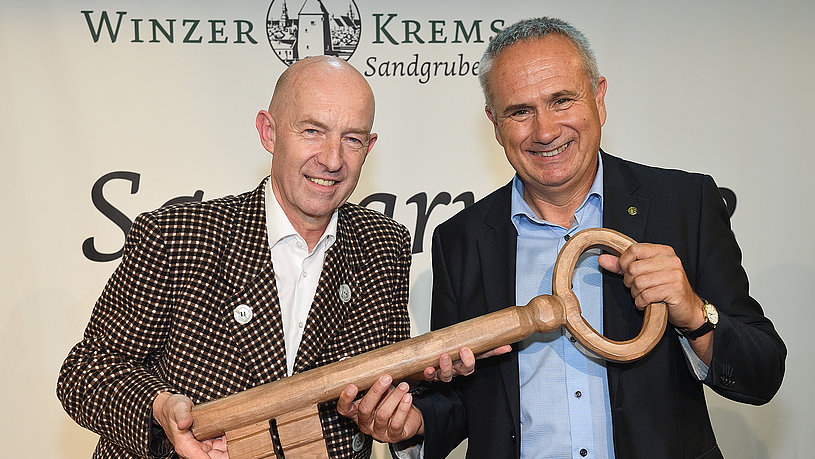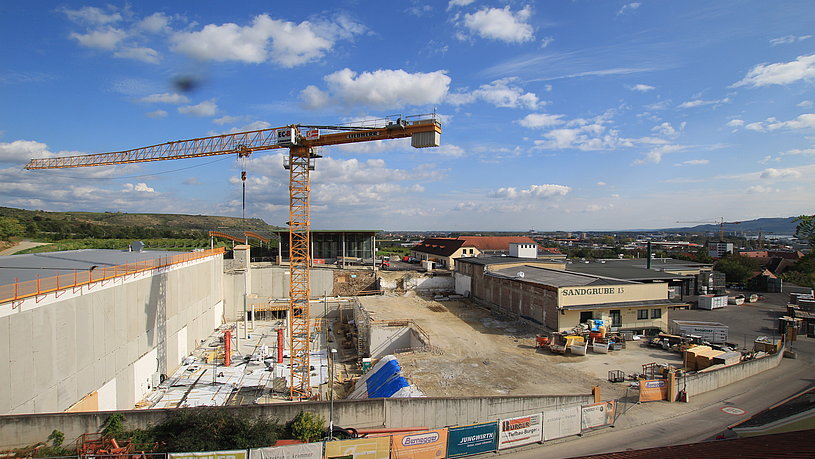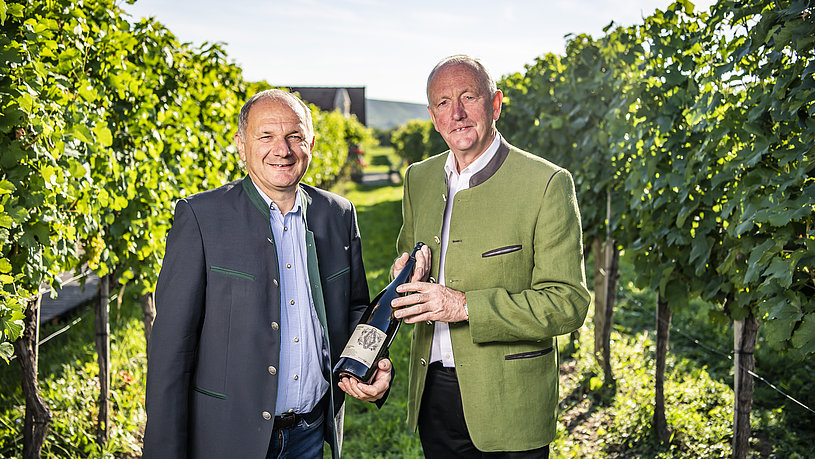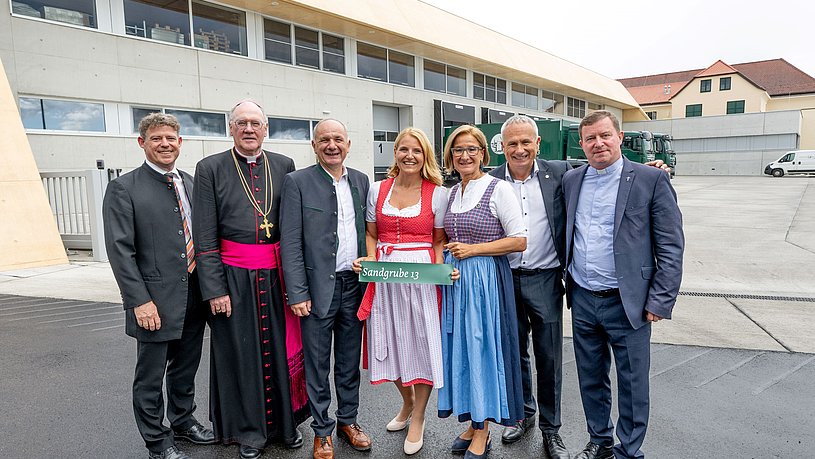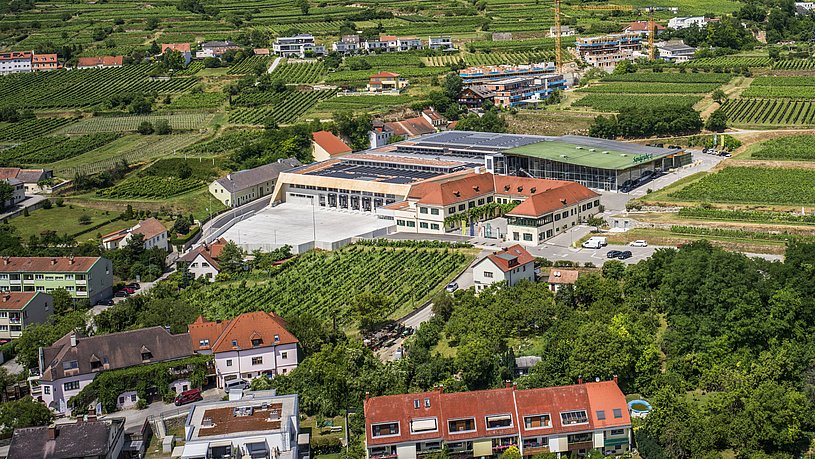In the 11th century, the origin "Kremser Sandgrube", renowned for their Grüner Veltliner, was mentioned for the first time.
The period after the great migration saw an upswing in vine cultivation, brought about by Frankish and Bavarian monks. Today, more than 40 Central and Western European monasteries still own vineyards in and around Krems.
At a time when farmers all over Europe were oppressed by their feudal lords, wine growers in Krems were conceded a social status equal to that of the bourgeoisie. The guild "HAUERINNUNG KREMS und STEIN", founded in Krems in 1442, was held in high regard. The climax of viniculture, social and religious meetings of people from all social classes lead to an intense, highly cultured and sophisticated form of communal living.
In 1305, Krems was granted a charter and officially became a town with the argument, that its honour lay in its vineyards.
The guild of the wine growers of Krems and Stein and their head, the "Hauervater", still live and work in accordance with their old traditions and cherish the heritage of wine growing. The initiation ceremony requires every young vintner to make a vow: "I promise to be a good wine grower." He knows that only dedication and hard work in the vineyards and the cellars will guarantee the growing of superior wines.
In 1938, members of the guild founded WINZER KREMS. The present "Hauervater", Eduard Felsner, was chairman of the board of WINZER KREMS until 2005. Today, the chairman Florian Stöger controls, together with 9 members of the board, the destiny of Austria’s largest wine producers. The heritage of wine growing in Krems is deeply rooted in the old traditions, thus guaranteeing connoisseur of superior quality - vintage after vintage.



